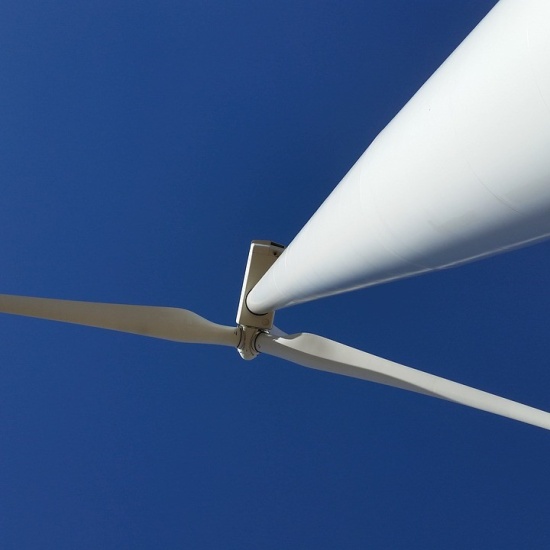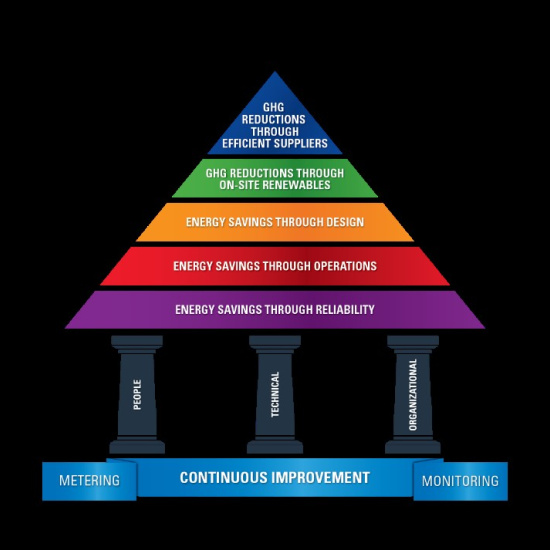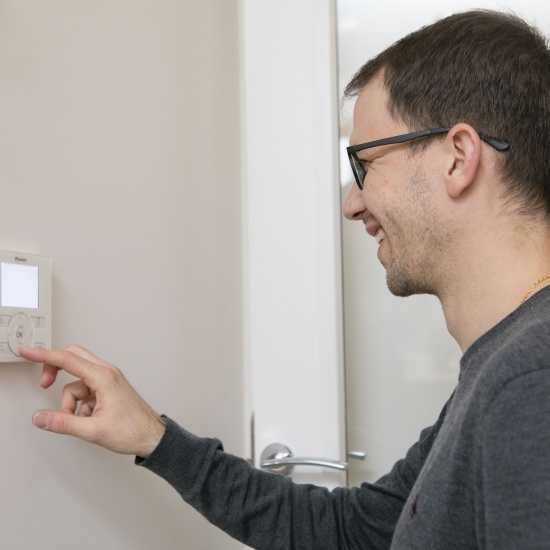How will the public sector achieve ambitious 2030 targets?
With the release of the seventh 'Annual Report on Public Sector Energy Efficiency Performance', Fergus Sharkey, Head of Business & Public Sector at SEAI, reflects on the progress made to date.

In Ireland, the public sector emit approximately 2 million tonnes of CO2 emissions annually through energy consumed for heat, transport and electricity. While relatively small when compared to Ireland's national figure at 60 million tonnes, the sector has a major role to play in leading by example and decarbonising our public services. They must do this while also enhancing the services they provide.
Over a decade ago, Ireland set an energy efficiency target of 33% by 2020 for the public sector, exceeding the target of 20% set for the rest of society. Such a high bar was set so that the public sector could show "all sectors what is possible through strong, committed action". By end of 2019, the public sector achieved a 29% improvement in energy efficiency, and it looks likely that the 2020 target will be met.
In that decade much has changed and there is a welcome and ever increasing focus on climate action and emissions. The next decade is looking to the public sector again, with enhanced targets for energy efficiency, building retrofit and, crucially, a 50% reduction in emissions.
What can we learn from the efforts of the past decade about how the public sector can meet this new ambitious target?
Climate action is a public service
I have worked very closely with public sector bodies over the last number of years and I feel massively inspired by our public servants' dedication to frontline public services like education, health and security.
This commitment to public service is what makes people step outside of their core roles and take on challenges like improving their energy efficiency or driving retrofit projects within their hospital, school, or office building. In many cases there is little thanks or reward for these efforts, which go over and above the day job.
Most realise that decarbonising the public sector is fundamental for the public good, and therefore is also a public service.
The learning curve is steep
When the 33% target was set in 2009 for the public sector, there was a very steep learning curve as public bodies developed an understanding of what this meant for them, and how they could achieve it. We face a similar challenge now as we adapt to emissions reduction targets, which can be complex to interpret, understand and plan for. SEAI will be at the heart of communicating and building the understanding and support structures to enable this.
"The leaders in the public sector are already stepping up and embracing the challenge of this decade, many building on their success in the last." - Fergus Sharkey, Head of Business & Public Sector at SEAI, reflects on the progress made to date by the public sector.
Click to tweet (opens in a new tab)The target is possible
Let there be no doubt, the challenge to decarbonise our society is enormous. It is, however, commensurate with the scientific reality and Ireland's international commitments. That we have such a huge hill to climb can be both daunting and inspiring. Some will call it impossible while others will embrace and try to push beyond it.
Indeed, many called the 2020 public sector target impossible, but it will be achieved. I hope we can also achieve our 2030 targets, but we need a lot of change to drive the level of action required. This new target has already changed the conversations and language in the public sector, and the value of that can't be underestimated.
The benefits will be huge
While considering the scale of the challenge ahead, it's often easy to forget the destination. If we achieve our collective ambition by 2030:
- our public services will be saving 100s of millions of euro in energy costs per annum;
- our public transport will be transitioning to lower emission solutions;
- and our public buildings will provide a healthier environment and better support their core public services - be it through better healthcare outcomes, education outcomes, improved leisure facilities or many of the other services provided.
In wider society we will have contributed to better air quality, less dependence on imported fossil fuels, and we will have generated a huge amount of green jobs in our economy. This is the prize to be gained. SEAI has directly supported hundreds of public building retrofits over the last number of years and we have seen first-hand the impact this can have on frontline services.
Look to the leaders for success
Those that achieved their 2020 targets will look to 2030 with optimism and experience. The success factors that these leading organisations exhibit include:
- a commitment from leadership,
- dedicated resources,
- structured approaches and planning,
- and consistent investment.
These success factors should be the focus of all organisations who wish to accelerate their ambition in this space.
You can't manage what you don't measure
SEAI measures public sector performance through the Monitoring and Reporting system. This is a robust approach to tracking performance, and a deep repository of high-quality data to facilitate energy management and decarbonisation planning. We have written about the strengths of robust data previously.
The leaders in the public sector are already stepping up and embracing the challenge of this decade, many building on their success in the last. When faced with such a challenge our public sector can, and often does, respond.
I have no illusions about the scale of the challenge but I am motivated by what I know can be achieved and the benefits it will bring.
SEAI will be here to support all public bodies in the next decade and we look forward to seeing what we can achieve for Ireland and its citizens in this crucial mission.
Read the report in full Read how TG4 improved its energy efficiency


